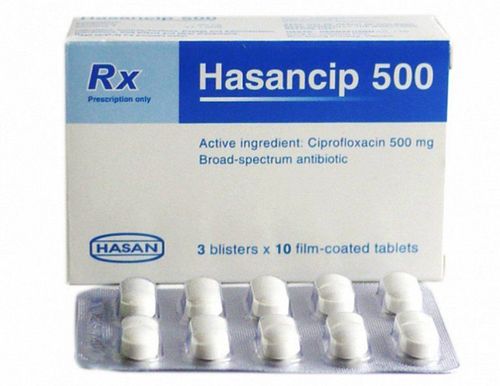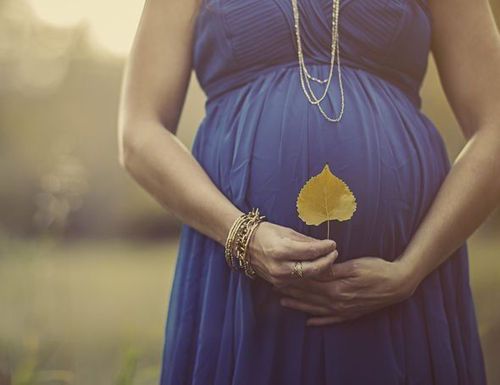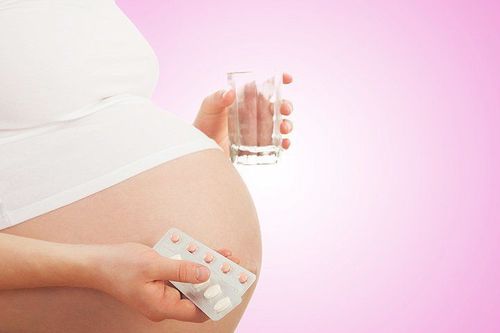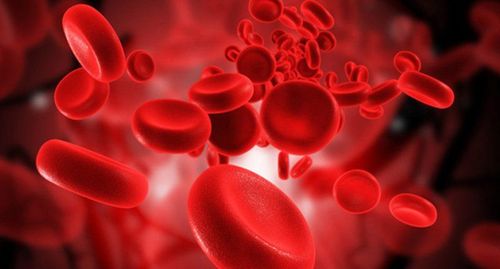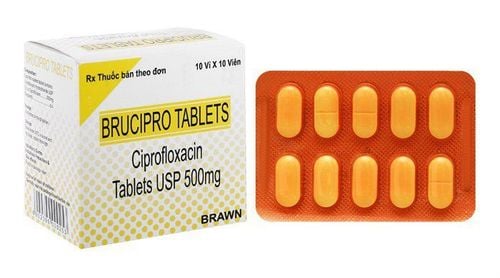This is an automatically translated article.
Postpartum infection occurs when bacteria infect the uterus and surrounding areas after a woman gives birth. To diagnose postpartum infection, doctors will order a culture to detect infection in the uterus (postpartum infection).1. What is postpartum infection?
Postpartum infection occurs when bacteria infect the uterus and surrounding areas after a woman gives birth.It is estimated that 10% of pregnancy-related deaths in the United States are due to infection. Mortality rates are thought to be higher in areas where proper sanitation is lacking.
There are several types of postpartum infections, including:
Endometritis : Infection of the lining of the uterus Myositis: Infection of the uterine muscles Peritonitis : Infection of the areas around the uterus
2. Symptoms of postpartum infection
Symptoms and signs may include:Fever Lower abdominal or pelvic pain caused by a swollen uterus Vaginal discharge with a foul odor Pale skin, which could be a sign of massive blood loss Chills Feeling discomfort or illness Headache Loss of appetite Increased heart rate Symptoms can take several days to appear. Sometimes an infection may not be noticed until you are discharged from the hospital. It is important to look for signs of infection even after you have been discharged from the hospital.
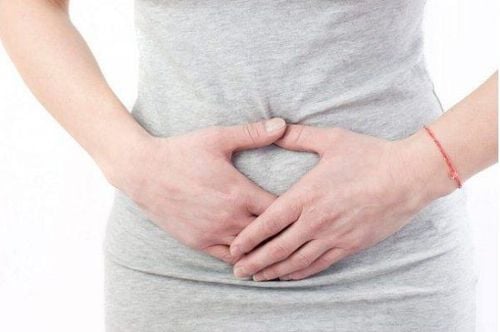
Sản dịch có mùi hôi là dấu hiệu nhiễm trùng hậu sản
3. How are postpartum infections caused?
Postpartum infections are less common since the advent of antiseptics and penicillin. However, bacteria on the skin such as Streptococcus or Staphylococcus and others still cause infections. They thrive in moist and warm environments.Postpartum infections usually start in the uterus after birth. The uterus can become infected if the amniotic sac becomes infected. The amniotic sac is the membrane that holds the fetus.
4. Risk factors for postpartum infection
Your risk of getting an infection after giving birth varies depending on your method of delivery. Your risk of infection is:1 to 3% in vaginal births 5 to 15% in scheduled cesarean deliveries performed before labor begins 15 to 20% in deliveries unscheduled caesarean section performed after labor begins There are other factors that can put a woman at greater risk of infection, including:
Anemia Obesity Bacterial vaginosis Vaginal exam multiple times during labor Indoor fetal monitoring Prolonged labor Delay between rupture of the amniotic sac and delivery Localization of the vaginal tract with group b streptococci Remains of the placenta in the uterus after delivery Excessive bleeding after birth Youth Low socioeconomic group
5. How are postpartum infections diagnosed?
Postpartum infections can be diagnosed by a doctor through a physical exam. Your doctor may take a urine or blood sample to test for bacteria or use a cotton swab to get a culture of your uterine fluid.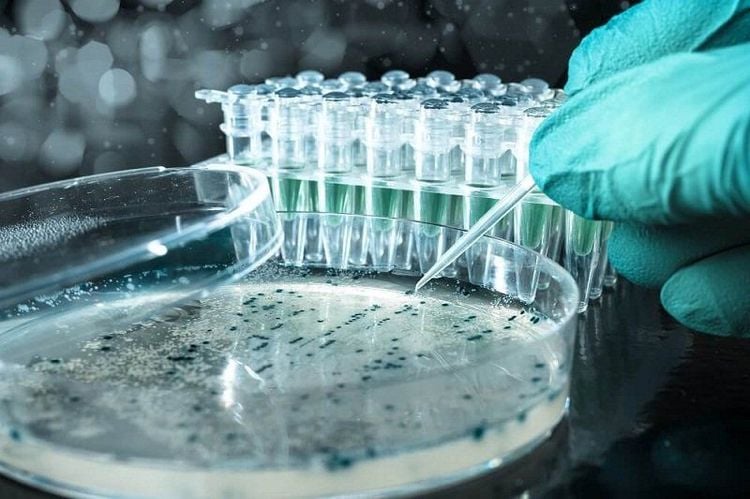
Bác sĩ sẽ chỉ định cấy sản dịch để chẩn đoán nhiễm trùng hậu sản
6. Can postpartum infections cause complications?
Complications are very rare. But they can develop if the infection is not diagnosed and treated quickly. Possible complications include:Abscess or pocket of pus Peritonitis, or inflammation of the lining of the abdomen Pelvic thrombophlebitis, or blood clot in the pelvic vein Pulmonary embolism, a blood clot condition block an artery in the lungs. Sepsis or septic shock, a condition in which bacteria enter the bloodstream and cause dangerous inflammation.
7. Treatment of postpartum infections
Postpartum infections are usually treated with oral antibiotics. Your doctor may prescribe clindamycin (Cleocin) or gentamicin (Gentasol). Antibiotics will be tailored to the type of bacteria your doctor suspects is causing the infection.Postpartum infection is one of the leading causes of postpartum mortality in the world. Postpartum infections can cause poor health and slow recovery from your baby.
Your chances of getting an infection can be reduced by taking steps to ensure your delivery is hygienic. If you do get an infection, it's likely that with early medical care you can be cured.
8. Are these infections preventable?
Unsanitary conditions can cause infection. Postpartum infections occur more often in settings with unhygienic practices or poor quality medical care. Lack of awareness by health care providers or inadequate sanitation systems can lead to higher infection rates.The most important risk factor for postpartum infection is the type of birth. If you know you're going to have a cesarean section, you may want to talk to your doctor about the steps the hospital takes to prevent infection. Trusted Source studies have shown that the following precautions can reduce the risk of postpartum infection during a cesarean section:
Antiseptic bath on the morning of surgery Remove pubic hair with a replacement trimmer. for razors Use chlorhexidine-alcohol to prepare the skin Take extended-spectrum antibiotics before surgery Many hospitals have adopted some of these measures to reduce the risk of developing an infection.
At Vinmec International General Hospital, there is a package maternity service as a solution to help pregnant women feel secure because of the companionship of the medical team throughout the pregnancy. When choosing Maternity Package, pregnant women can:
The pregnancy process is monitored by a team of highly qualified doctors Regular check-ups, early detection of abnormalities The package pregnancy helps to facilitate convenient for the birthing process Newborns get comprehensive care
Please dial HOTLINE for more information or register for an appointment HERE. Download MyVinmec app to make appointments faster and to manage your bookings easily.
Reference source: medlatec.vn




